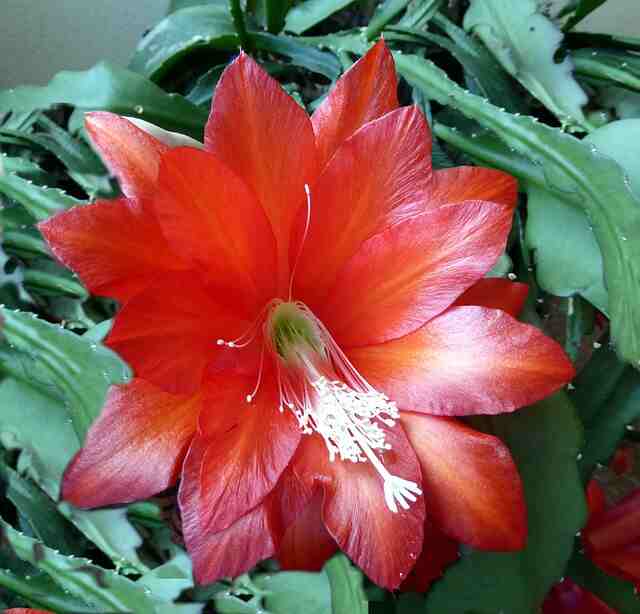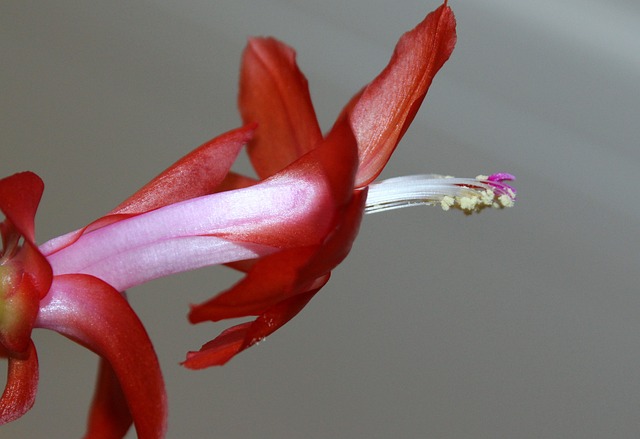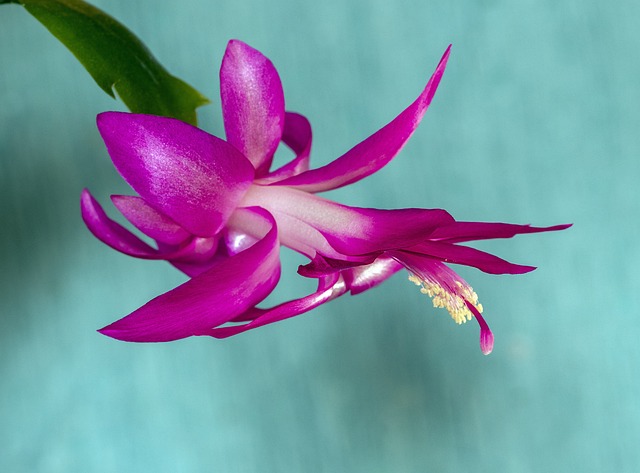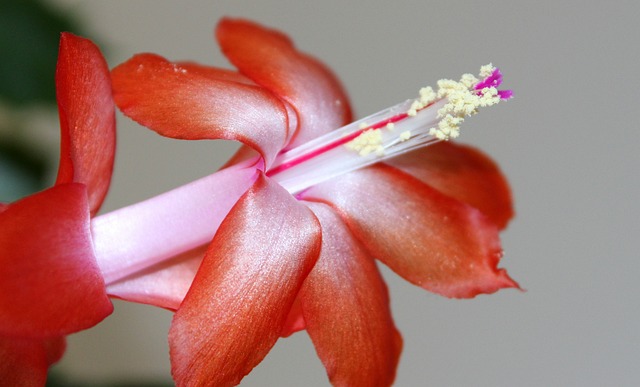Spring has officially sprung, which shows that the time of working on Easter recipes, candy baskets, and other plans for the holiday has arrived.
When it comes to Easter flower decorations, Easter lily mau come to your mind. But how can Easter cactus put it’s foot backward. This Easter, make your pastels pop even more brightly with a vibrant Easter cactus.
Whether you have or haven’t a green thumb, this plant is very easy-to-grow and shouldn’t give you too much trouble.
Much like a Christmas cactus, with the right and proper care, these Easter cactuses can live and bloom for up to or even longer than 10 years!
So let’s dive into the article below to find more about this plant and its growing and caring guide.
Plant overview

An Easter cactus is a tropical cactus plant which is native to Brazilian rainforests and popular for its beautiful, star-shaped blooms that range in the shades from white to red, orange, peach, lavender, and pink.
These beautiful shaded flowers open at sunrise and close at sunset and the blooms last for several weeks in early spring, typically right around the time of Easter.
Easter cactus bears leaves which is more oval, less pointy. The segments of the leaves also have a purplish fringe.
Where to grow Easter cactus?
Before we discuss how to care for these beautiful Easter cactus plant, first you should know about where they’ll grow best.
Finding a sustaining location for your plant is key to keeping them healthy.Being an epiphyte plant, soil isn’t that much crucial to grow an Easter cactus. They can be mounted to boards or logs, or even grown in trees in warm enough areas.
However, they can also thrive in a container which has good drainage system. The eastern cactus can generally kept as houseplants, but you can also move these plants outdoor to enjoy the warmth of spring and summer.
Outside the house, they require partial shade to keep these plants protected from the harsh sun and heat of the afternoon.You should then move your plant indoors again when the temperatures drop in the fall, and place your plant in a spot with plenty of bright light.
How to care for Easter cactus?
Although Easter cactus is a part of the Cactaceae family, they needs. different care which differs from a typical desert cactus.
Light
Being a natural forest understory plant, the Easter cactus generally grows in a location which is partly sheltered from the sun.They thrive best in bright ans Indirect sunlight.
Soil
Being an epiphyte plant, Easter cactus grow best in porous soil mixes which provide good airflow to the roots of the plant and are rich in organic matter. A mix of coco coir, peat moss, perlite, and orchid bark with the soil is ideal for your plant.
Regularly amending your soil of Easter cactus with compost or other organic fertilizers will help your plant to keep the soil rich in nutrients.
Water
Allow your soil to dry out completely between waterings, then water this soil thoroughly until the water starts to drain out of the bottom.
The Easter cactus don’t tolerate to have their roots waterlogged so make sure that your pot or soil has proper drainage is important. Apart from that, make sure not to let any water to sit in your saucer after watering. Slow down the watering during the late fall to early winter to encourage blooming.
Temperature
Unlike other plants in the Cactaceae family, the Easter cactus loves to grow in cooler temperatures. In fact, they require colder temperatures to bloom.
The Easter cactus bloom best in nighttime temperatures between 55 to 60 degrees Fahrenheit.
Humidity
While Easter cactus enjoy humid environments, they can grow well in typical household humidity levels. However, if your place is especially dry it is suggested to provide extra humidity to your plant with a humidifier or a pebble tray.
Fertilizer
Easter cacti are considered to be as the high feeders that can do well with regular fertilization. So it is suggested to apply a balanced fertilizer, such as a 10-10-10, once a month until you need to prepare your plant for its bloom phase.
You should fertilize your plant about two months after the plant has completely finished blooming, Amending your soil with other compost or other organic fertilizers once a year will also help your soil to keep nutrient-rich.
How to repot Easter cactus?
The Easter cactus will only require repotting if this plant is outgrown from the current container.In fact, this plant actually prefer to be pot-bound and have shallow roots, so it doesn’t require repotting so often.
They may take many years before it’s needed.If you notice the roots of your plant are coming out of the drainage holes, then only you needs a new container and repotting your plant.
When the time comes, you should move up your plant one pot size after it’s completely done blooming in late spring or early summer.
How to Propagate an Easter Cactus?
Although Easter cactus plant can grow from seeds, they are generally propagate best as cuttingsTo propagate your plant the first step is to cut. So carefully cut off a healthy, fleshy leaf close to the stalk from your plant.
Then let your plant dry out for several days before planting the leaf, until it hardens and forms a callus.
Then you can pot the leaf-cutting in the mixture of succulent and cactus potting soil.
Then water your plant regularly and make sure to keep your soil moist but not soggy.
Common Pests and problems
Generally, Easter Cactus don’t shows any trouble with insects. Mealybug and scale may affect the plants to have their food but this plant is not a preferred food source for those insects and it takes a nearby, infected plant to start the problem.
The greatest problem with the Easter Cactus culture is stem and root rot which are generally caused by a wet, heavy potting mix.
To troubleshoot this problem, most of the soilless or peat lite mixes can work well and you can also add some additional perlite to the mix if it seems a litty bit heavy.
There are also special cactus soils available in the market to use with cactus and succulents. It is also suggested to grow your Easter Cactus in a clay pot which will provide your plant with better soil aeration and a quicker dry down of the potting mix. It can easily prevents stem and root rot.
Conclusion
The Easter cactus is a cactus plant with beautiful blooms. These tropical cactus plant is popular for its gorgeous and prolific star-shaped blooms.
This plant is a perfect choice for your home or garden if you want to add a little color to it, especially around the Easter holiday.
So bring this Easter cactus to your home this Easter and add some vibrant decoration to your Easter decor.
You may also like to read
How to grow and care for baby’s tear plant – An effective guide










